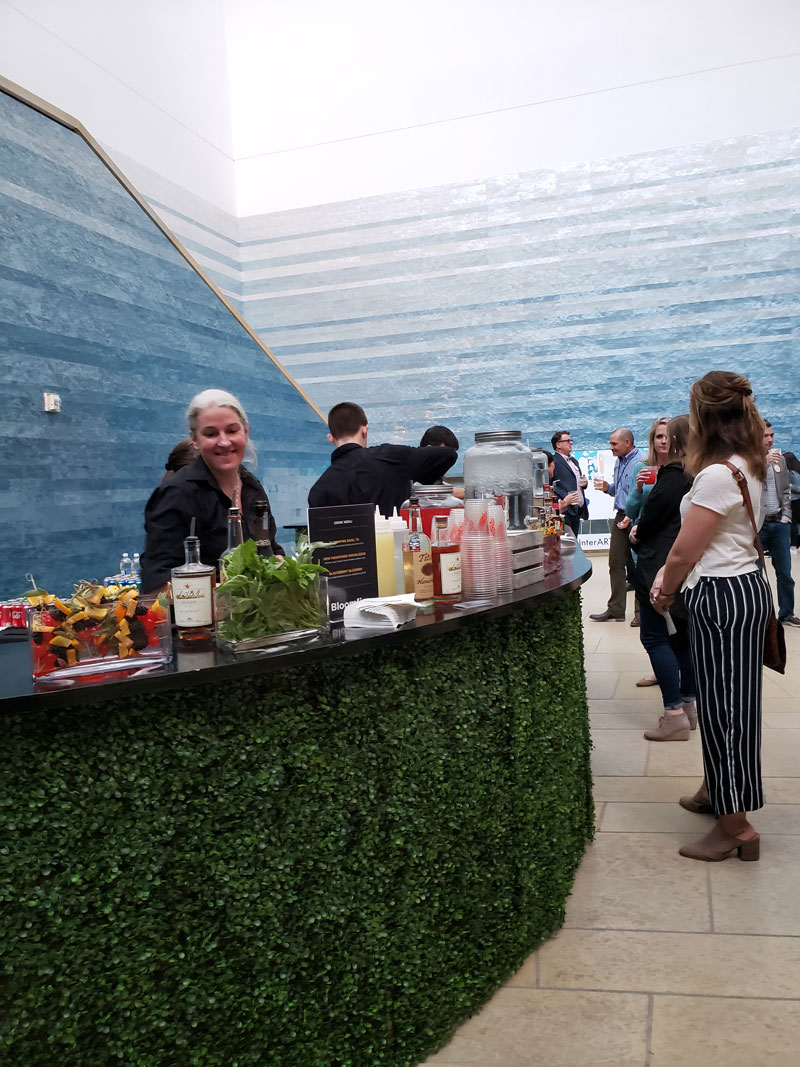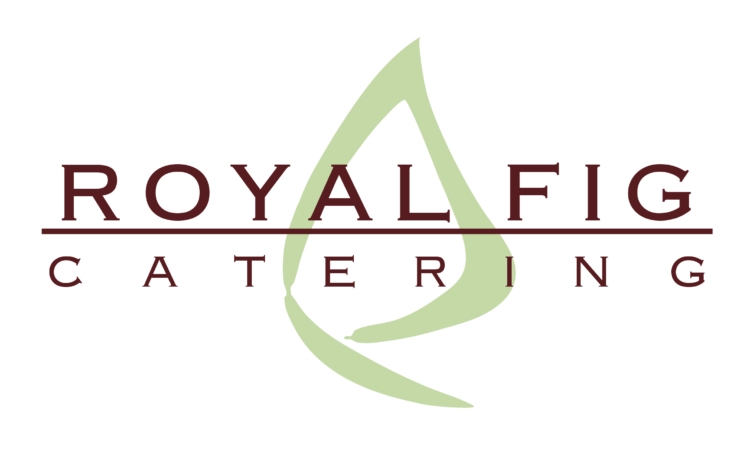There are few things more quintessentially Austin than South by Southwest (SXSW), and it’s absence in 2020 was just the beginning of an eerily isolating year. As an event known for pushing the envelope, this year’s virtual version of SXSW was widely anticipated, and with it came many lessons for virtual and corporate events in 2021.
1. Streaming Events Are Here to Stay
The last year has either helped people realize how much they like being able to do things from home, like work or attend conferences, or it has made them miss in-person activities more than ever. Especially as we move toward having more live events again, people have already made it clear that their engagement in an event is directly tied to their comfort level with how it’s being conducted. As restrictions have lifted, events have remained a hybrid between live and online to accommodate attendee preferences, but some commentary at SXSW suggests that online experiences are likely here to stay in a way they didn’t often exist pre-pandemic.
Hip-hop producers Timbaland and Swizz Beatz cited a number of reasons they think future tours will include a streaming option. And if something as iconically live-experience focused as a music tour will have an online option, the odds are that corporate events (and all events for that matter) will too, at least for years to come. A Gallup poll from February backs this up, revealing that 44% of those surveyed would prefer to continue working from home because they like it (not to mention that another 17% want to continue due to coronavirus concerns).
2. Creating Engaging Events Means Going Beyond Zoom, Teams, and Hangouts

A recurring challenge for corporate event planners everywhere has been finding ways to break the monotony of Zoom calls. SXSW’s Online XR experience did just that (at least as well as it could, given that this is a new challenge for everyone in the events industry).
Over the last year, SXSW and many other major conferences and festivals have turned to virtual reality to create more immersive and unique experiences. As VR gains popularity, it will also likely gain accessibility for events of all kinds, which means that it’s an industry for event teams of all kinds to watch.
3. As You Push the Envelope, Don’t Leave Attendees Behind
A recurring, though relatively minor, theme of SXSW reviews across the web has been confusion and/or frustration with the virtual format. Some felt that the apps for accessing VR features, like the “walk-through” exhibits, were a little bit of a hindrance to those new to such experiences. Others noted that it wasn’t clear who would be performing at what time for the music festival, and it was also unclear which performances would be available for streaming afterward.
The annoyances were minor, but they brought us right back to March of 2020 when everyone was continuously reminding people to turn off their mics during video calls. Anytime you introduce a new digital experience to your audience, it’s critical to make sure they can still follow along with relatively little frustration. Make sure you provide clear usage instructions and scheduling. You may even send out instructions ahead of time so attendees can get the hang of things before there’s any time constraints involved.
4. Your Audience Is Evolving
As some jobs remain remote and virtual events expand convenience and accessibility, you may find that you have to make new considerations for attendees. SXSW’s team had to consider everything from the shortened attention spans of online viewers to timing events for people in time zones around the globe. As virtual additions to live events persist, and you get engaged with live audiences, don’t forget to consider what it will be like for your online viewers as well.
Janet Pierson, SXSW’s director of film, said this about planning the virtual event: “We immediately started watching every [festival], thinking about, what does this feel like?” Pierson says. “If it’s in a European time-zone, are you getting up at 3 in the morning or just not bothering? How much can you handle watching when you’re also homeschooling your kids, and what’s your tolerance level for staring at your computer, and how much are you still using your OTT apps, and are you willing to pay, and how much are you willing to pay…?”
The challenges of remote event attendance are many and varied (as you likely know from personal experience), so don’t forget to account for them when creating hybrid events.
5. People Miss the Social Interaction — and the Food
Many reviews and recaps of the festival also reminisce over the food, drinks, and social components missing from the virtual event. Virtual experiences can only make up for the social component of live events to a certain degree. That’s why we’ve found a way to keep food and drinks (and the benefits that come with them) for virtual event attendees. If we can cater a virtual gala of almost 700 guests, we can probably find a way to bring food back to your events, too. Trust us, your guests will thank you!
As SXSW’s theme “An Uncharted Future” suggests, there’s no way of predicting what the rest of 2021 will hold. Hopefully, in 2022 we’ll be back at SXSW, catering live events, but until then, we’ll readily partner with our clients to bring great food to events of all shapes and sizes. Don’t hesitate to reach out to us, even with your most challenging events.


